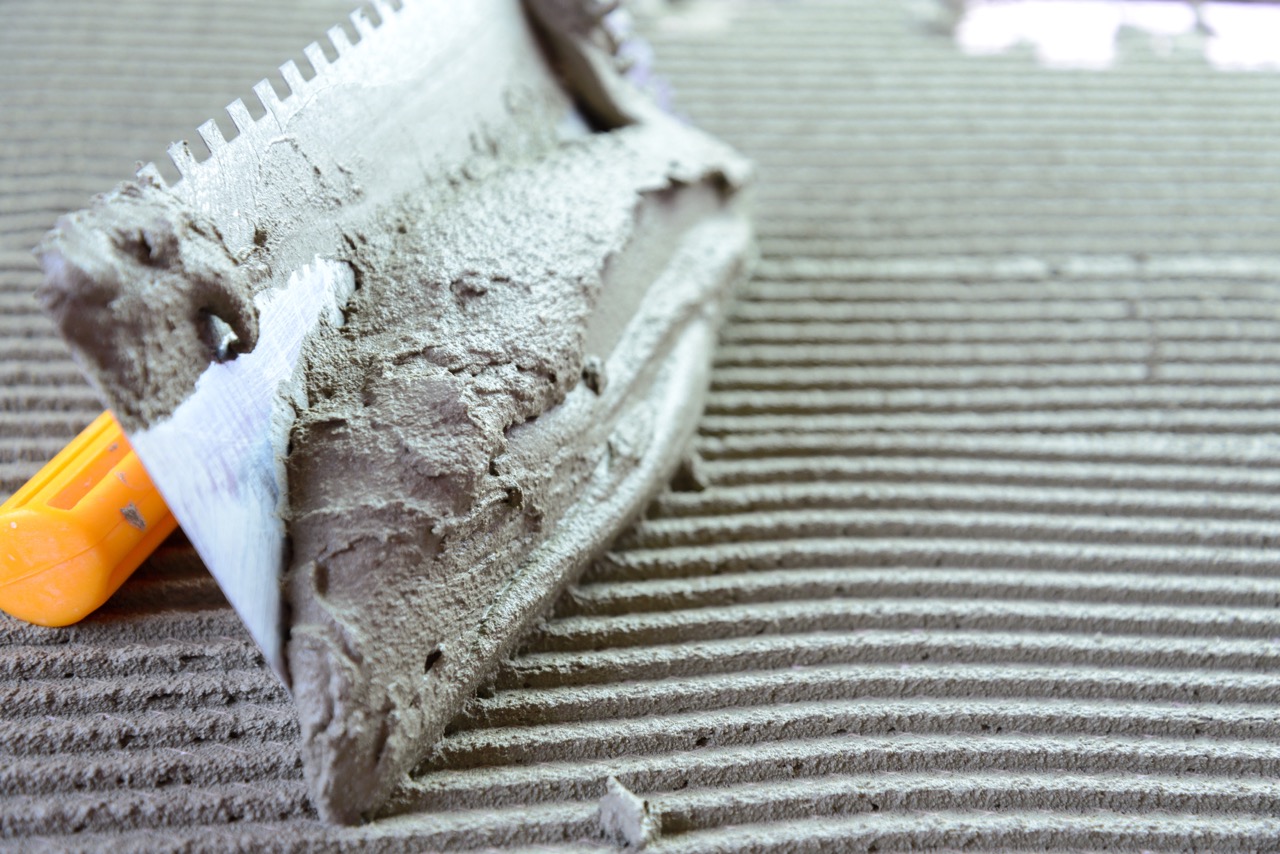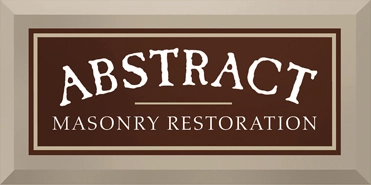It is thought masonry skills were developed as mankind decided to move from natural-found caves into man-made dwellings instead. But what has changed throughout the ages when it comes to the tools and techniques of masonry?
Masonry starts with natural materials that can be found around us, including clay, gravel, sand, and stones. But what good are those materials if they can’t be manipulated? With just a few simple tools, which haven’t changed much over the years, mankind learned to develop the skill of masonry.
What Materials are Used in Masonry?
Depending on where you live, you have access to a number of different materials that have been used historically in masonry, in more modern architecture, and in the process of building restoration. It was a sign of wealth when foreign materials were brought in to construct castles, churches, or even burial vaults.
Generally, the most accessible materials used in masonry are the following:
- Clay, baked into bricks.
- Stones, including granite, limestone, sandstone, and marble.
- Concrete, which is a man-made composite of cement, sand, water, and aggregate.
- Aggregate can be fine or course, depending on the desired end result. It can be made from sand, crushed stone, gravel, slag, or ash.
Examples of Historic Masonry
The world is littered with beautiful examples of historic masonry. The Egyptians, Romans, and Asians developed the foundation for modern masonry that we employ today. Although, we do our best to replicate the techniques of yore when we tackle building restoration projects.
- Stonehenge – Located in England, Stonehenge was made using sarsen and bluestone. It is thought to have been built in 2500 B.C. and is an early example of historic masonry still standing today. No tools have been found around the site, but it is believed the builders used pieces of the stones themselves to shape them.
- Egyptian Pyramids – These monuments to Pharaohs were built in the 4th millennium (4000 – 3001 B.C.) out of limestone, sandstone, alabaster, granite, basalt, and porphyry. These natural stones were abundant in Egypt. The tools used to shape the stones are very similar to what we still use today, including hammers and chisels.
- Roman Pantheon – Dating back to 113-125 A.D. (when it was rebuilt) the Pantheon is just one example of Roman masonry still standing today. It was constructed of brick and concrete, which the Romans invented.
- Using volcanic ash, called pozzolanic tuff, the Romans formed a mixture with water, lime, and other stone pieces. This composite created concrete, which allowed the Romans to build more efficiently than with rough-hewn stone. Concrete could be manipulated more easily and was integral to the development of arches in architecture.
This lead to the development of the barrel vault, a style of roofing that was later used in the Temple of Venus in Rome. After the Middle Ages, the arch was further developed to go from rounded to pointed, and buttresses became more common in masonry work.
- Cathedral of Notre Dame – This church was built in 1163 using limestone, wood, iron, and lead. It’s an example of Gothic architecture. As building practices evolved, it no longer relied solely on masonry, which depended on compression to hold up a structure.
In the 16th century, the truss was invented (framework of support beams made of wood or metal), and reinforced building materials became more commonplace. It was less practical to construct buildings of just stone, brick, or concrete, as it wasn’t as efficient or cost-effective. Timber and metal made for lighter-weight raw materials and, being easier to manipulate, sped up the building process.
An advance of note in masonry is the invention of Portland Cement. Named for how it looks like Portland Stone (found on a peninsula in the English Channel), Portland Cement is a mixture of ground limestone and clay or shale. It was patented in 1824, and this type of cement is still used in concrete mixtures today.
Tools Used in Masonry
The simple tools used in masonry thousands of years ago are still in use today. Whether new construction or building restoration, much has stayed the same. Medieval masonry tools included axes and hammers to split stone, borers to drill, and chisels and hammers for shaping and smoothing. Our restoration experts in Salt Lake City still use the following on your projects:
- Margin Trowel – This is a thin trowel for applying and spreading mortar on the stones before stacking them.
- V-Notch Trowel – When applying mortar to broad, flat surfaces, a notched trowel is best.
- Chisel – Chisels haven’t changed much, and those used in masonry today are formed with a wide, flat, head. They are used to cut bricks/stones when hit with a hammer. It can also be used to chisel away hardened, excess mortar, or chipping a block out of a structure.
- Brick Hammer – Not to be confused with a rounded carpenter’s hammer, a brick hammer has a square flat head at one end, and a chisel-shaped head on the other.
- Wire Brush – Any skilled mason will use a brush for removing debris on materials in their workspace. Before the introduction of a shop vac, it was the best way to get rid of dust.
The next time you’re in the heart of your city, look around at the examples of masonry that surround you. From walls and buildings to bridges and dams, it’s in more places than you realize.







